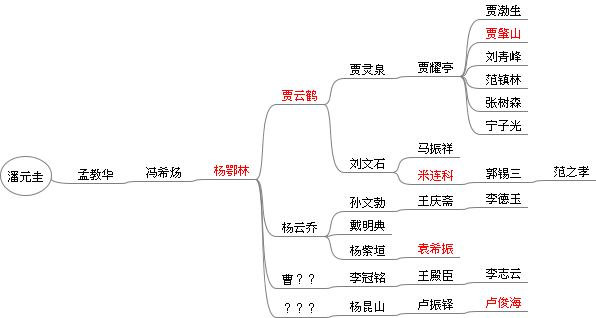Martial
On Qing Ping Jian
Qing Ping Jian (青萍劍) is a set of famous sword forms in Chinese martial arts. Unlike other sword forms that are named after intimidating imagery or Daoist principals, it’s name is simply translated as “Green lemnoideae” sword. Like its name suggests, the characteristics of the form is known to be light on its feet, and the techniques are focused mostly on the manipulation of the sword by the wrist. It’s known to share its origin with Kun Wu Jian (昆吾劍). As far as I understand it, the Qing Ping system seems to specialize in the usage of lighter swords that can be freely used in light jabs, and can be manipulated easily by only the wrist. There are a lot of jumping and body angle changes in the air, something that can’t be done easily with heavier weapons. The Kun Wu system seems to be focused primarily on heavy swords. It focuses primarily on power generation and body alignment with stable movements. It’s name is also a throw back to a more ancient times (Kun Wu was the name of a bronze sword in Xia dynasty).
Both forms are to have taken their names from actual physical swords in history. The earliest recorded reference to the name “Qing Ping” was in The Source of Phrases by Chen Ling in eastern Han dynasty, where it was written “Gentile noble is of towering material, similar to Qing Ping, Gan Jiang (another famous ancient sword) in application.” ( 辭源,陳琳文;君侯體高俗之材。秉青萍干將之器) The forms are said to have been created by Yuan Gui of title Daoist Pan (元圭,潘真人). The original forms contain 360 named movements divided amongst 6 forms. The lineage is rather complicated, and there are now 3 major known branches of Qing Ping Jian. Jia, Yang and Yuan style. (賈,楊,袁)

The sword style gained major fame and publication during the Republican period following advocation by the National Guo Shu Institute (GSI; 中央国术馆) in 1920s. The GSI taught the Jia style, as a result Jia is now the most well known and most practiced style that can be found in China mainland and Taiwan.
